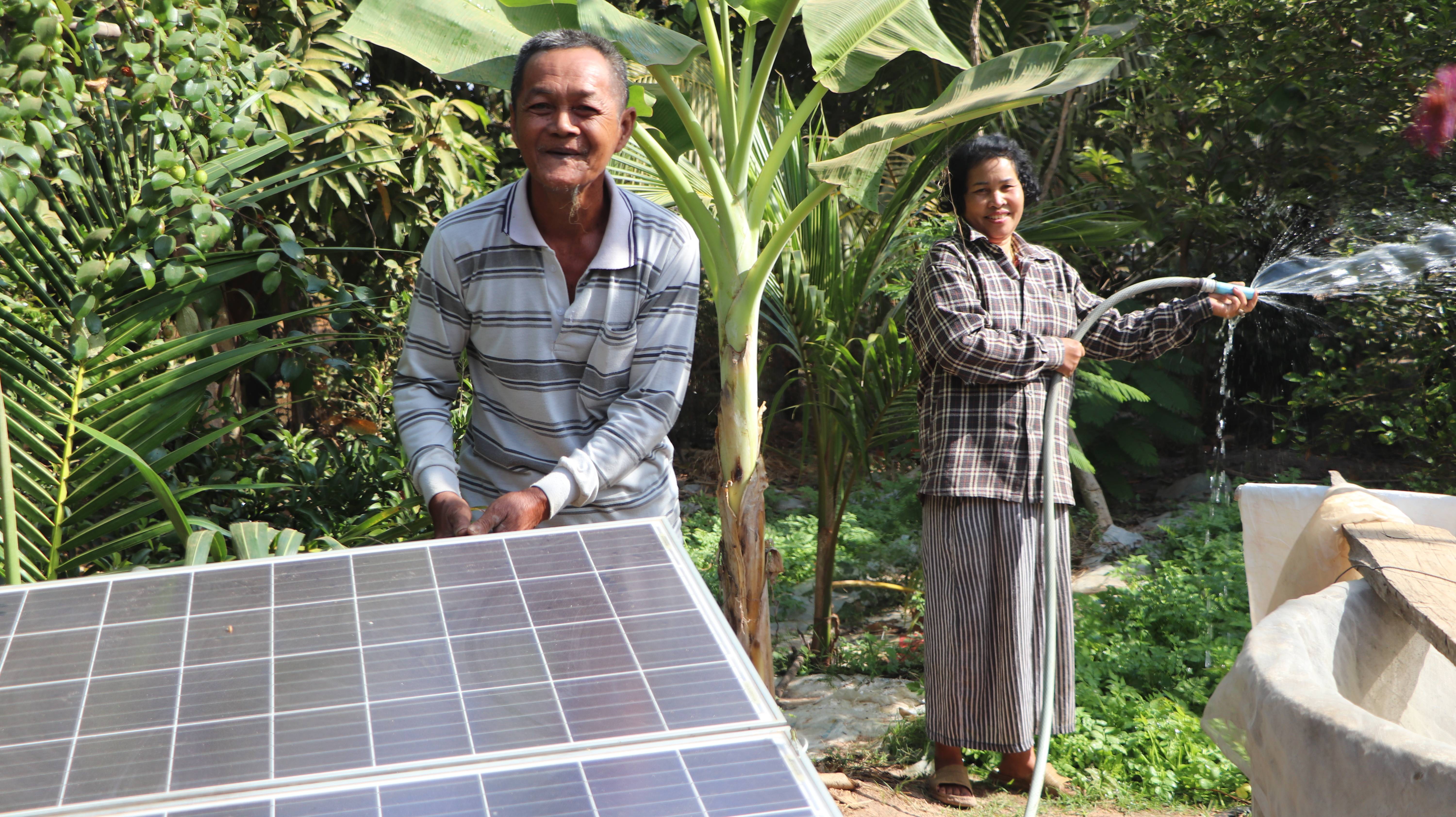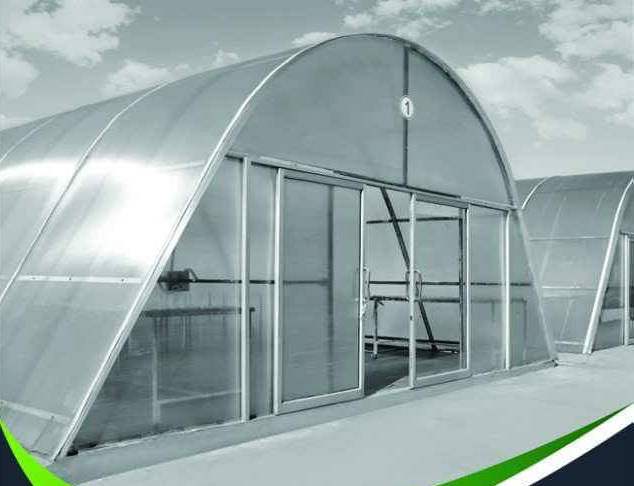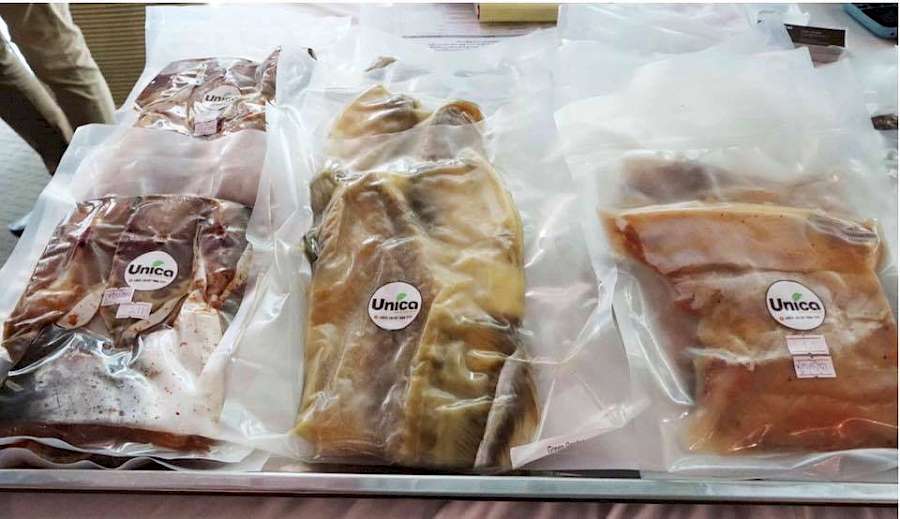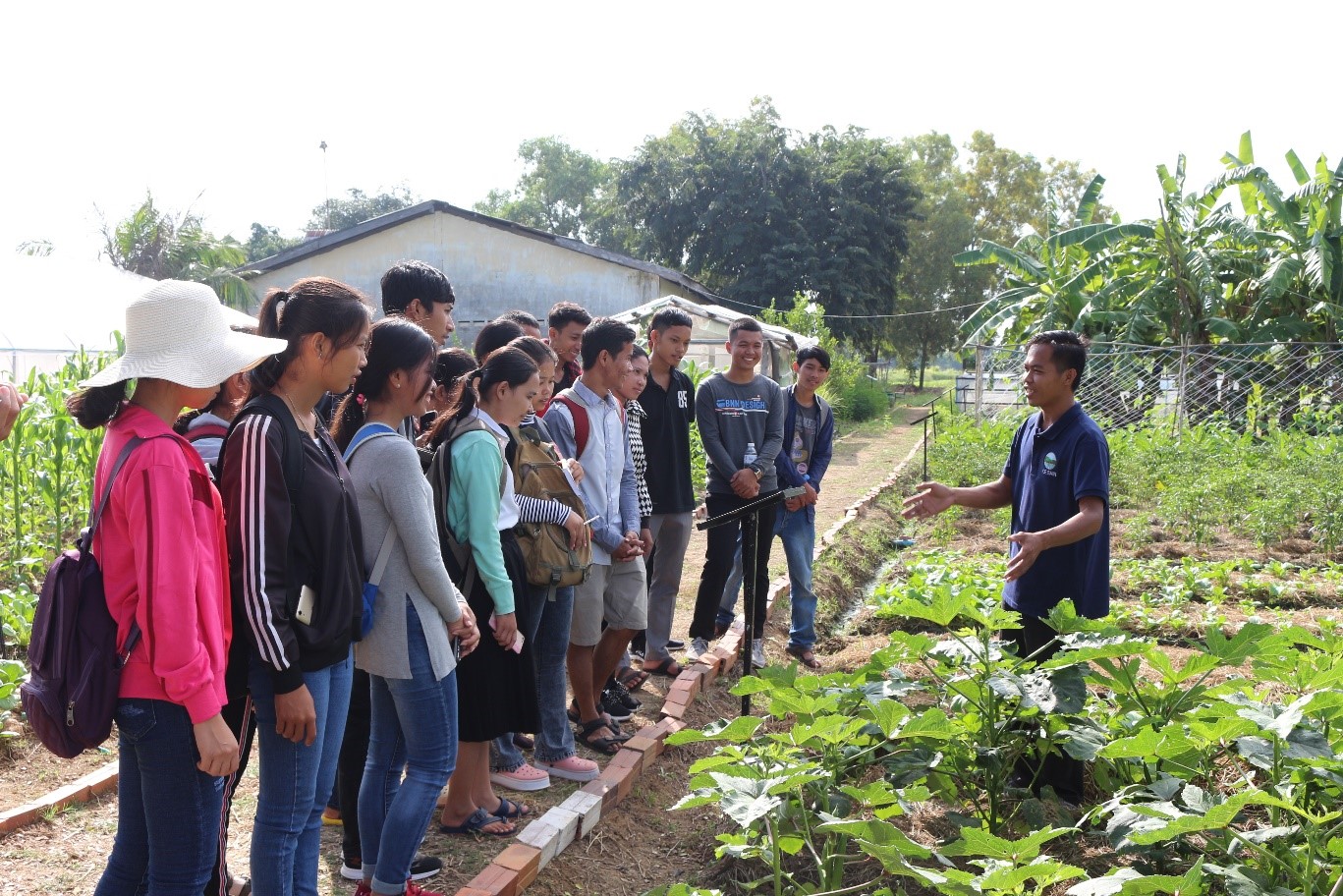
Though most people know what solar power is, the first thing that comes to mind when thinking about this renewable energy might not necessarily be its use in the agriculture sector. Yet, solar powered technologies can have many applications in this sector, at all levels of the value chain, from production, to processing all the way to the retail of products. Besides the more common solar water pumps and solar egg incubators, there is a wide variety of technologies powered by solar that can be used to improve productivity in agriculture, aquaculture and fisheries.
The SWITCH to Solar project is funded by the European Union through the EU SWITCH-Asia Programme and the Czech Republic through Czech Development Agency. The project is implemented across five provinces in Cambodia by three partners: People in Need (PIN) Cambodia, Sevea Consulting, and EnergyLab Cambodia. Its main aim is to contribute to sustainable and inclusive economic growth in rural Cambodia by reducing the environmental impacts of MSMEs and consumers’ energy consumption and generating green employment opportunities in the Agriculture and Fisheries sector.
Below are two case studies showcasing the possibilities of solar technologies for productive use:
Solar Dryer at Baca Villa

Solar dryer might be one of the most unknown technologies to the general public, yet it holds quite a lot of potential, especially in a country like Cambodia where the market for dried products is significant. Solar dryers use direct or indirect heat in an enclosed box, sometimes combined with a fan, to dry different types of products, ranging from herbs, spices and nuts to fish and meat. Beca Villa is one example of how solar dryers can be used through innovative models to dry products more productively. Baca Villa Farm is cultivating Moringa trees and other herbs and spices (Ginger, Turmeric, Galangal, Kaffir Lime, Lemongrass, etc.) near Siem Reap. They use a model of contract farming and source their raw materials from 25 small surrounding farms for a total of 50 ha. The contracted farms are provided with seeds as well as loans to invest into irrigation systems, and receive technical trainings. Baca Villa is also providing solar dryers to the contracted farmers, so that they can dry their production on-site without any fee, and then sell the dried moringa leaf to Baca-Villa. The dried leaves are then transported to Baca-Villa factory in Siem Reap to go through the next processing steps. Instead of collecting the fresh products and drying them all at once at the Baca Villa factory, this first on-site drying step enables the reduction of losses happening during transport, which used to reach as high as 30% when products were transported fresh. Using solar dryers instead of sun-drying also enables to speed up the drying time while ensuring the quality and hygiene of the products, which are all certified organic.
Unica Cold Storage For Fish Products

Lately, cold storage has become the focus of much attention from both the public and private sectors. Indeed, it bears tremendous potential in improving the quality and hygiene of vegetables, meat and fish trade in Cambodia, while helping to reduce losses. There is also a great opportunity to switch cold storage to solar, as cold storage requires 24/7 energy supply and it is costly to operate. The case of Unica helps shed light on both the pros and cons of such technology.
Unica is a fish processing company, established in 2014 and working with 3 fishing communities in Pursat, Kampong Cham and Siem Reap. Cold storage is key to their activity to maintain products' quality, reduce losses, improve shelf life and altogether respect food standards. So far, they have been using freezers for the storage of fresh fish and chillers for the storage and display of processed fish. Though it might seem inconvenient to use so many technologies (they have more than 16 freezers and chillers) instead of one cold room, there are actually benefits in doing so. Indeed, fish products are very seasonal and having multiple small technologies gives Unica much more flexibility: during the high season, they use the full capacity of their chillers and freezers, and during the low season, they turn off unneeded appliances and thus save energy and the cost of electricity. Using one solar cold room doesn’t give this kind of flexibility since the room will need to be powered more or less equally (no matter the capacity at which it is being used). Yet, a solar cold room would help drastically reduce energy costs during the high season as it provides much more storage capacity and it is easier in terms of cleaning. Unica hasn’t decided yet whether to invest in a solar cold room, still their weighing of pros and cons of switching to a solar cold room shows that solar technologies have both benefits and constraints, and they ultimately have to be suited to the needs of the end-user.
SWITCH to Solar: New partnership with CE SAIN to start rolling out
Adding on to the current network of SWITCH to Solar, the project has initiated a new partnership with the Center of Excellence on Sustainable Agricultural Intensification and Nutrition (CE SAIN) of the Royal University of Agriculture in the Kingdom of Cambodia. Having CE SAIN as an addition to the team will help the project achieve greater results in outreaching MSMEs in the agriculture and fisheries sector, raising their awareness on the advantages of using Solar Technologies. The Memorandum of Understanding (MOU) virtual signing ceremony took place on 10th August, 2021.
With our shared goal of bringing solar technologies to the next level, we are glad to establish the first ever partnership with CE SAIN. This joint effort enables us to share study results and technical experiences on solar technologies development. I believe this partnership will elevate opportunities to raise awareness on using affordable and highly productive solar technologies for individuals and MSMEs in Agri-fishery communities. We intend to bring more local networks through the existing Agricultural Technology Parks (ATPs) of CE SAIN, said Hugo Agostinho, SWITCH to Solar Program Manager, PIN Cambodia.
To date, solar technology is growing with the ongoing demand from various sectors, especially with the continuous development of Cambodia’s agriculture and fisheries sector. CE SAIN’s work is to improve food and nutritional security in Cambodia through supporting research and development and promoting agricultural innovation. The center has partnered with Feed the Future Innovations Labs and other stakeholders to provide a platform for researchers, scientists, and practitioners to demonstrate their innovative technologies for relevant target groups. The integration between the SWITCH to Solar consortium and CE SAIN will allow a better exchange of information, ideas, and expansion of more extensive networks.

Both parties will work closely to link the SWITCH to Solar project activities with current projects and programmes of CE SAIN in Cambodia. With CE SAIN’s existing ATPs at the Royal University of Agriculture (RUA), and in multiple provinces such as Battambang, Kompong Cham, Kompong Thom, and Siem Reap, the SWITCH to Solar project will productively and strategically demonstrate solar technologies and promote them amongst agriculture and fisheries MSMEs in the country.
Our ATPs are established to showcase agricultural best management practices and serve as a learning platform, a research farm, an internship venue, a synergy program with partners, and a private sector engagement platform. This partnership allows ATPs to add technical demonstration of solar technologies from the SWITCH to Solar project and extend the potential of these promising technologies to our networks”, said Lyda Hok, Center Director, CE SAIN.
CE SAIN and the SWITCH to Solar consortium will mutually push for both offline and online awareness-raising campaigns on the importance of solar technologies to relevant students and public and private institutions. Together with partners, SWITCH to Solar will also be able to showcase the benefits of solar technologies through multiple media platforms and networks such as Facebook, Website, LinkedIn, Instagram, Twitter, and a Telegram channel.
Credits:
-
Author case studies: Chloe Deparis, Project Manager at Sevea Consulting
-
Authors new partnership with CE SAIN: People in Need (PIN) Cambodia with support from CE SAIN Cambodia
-
Banner photo credit: Choun Sotheavuth, PIN Cambodia
-
© Baca Villa: Solar Dryer
-
© Unica: Storage for Fish Products
Related Articles:
- William Swanepoel, Khmer Times
- switchtosolarkh.org


